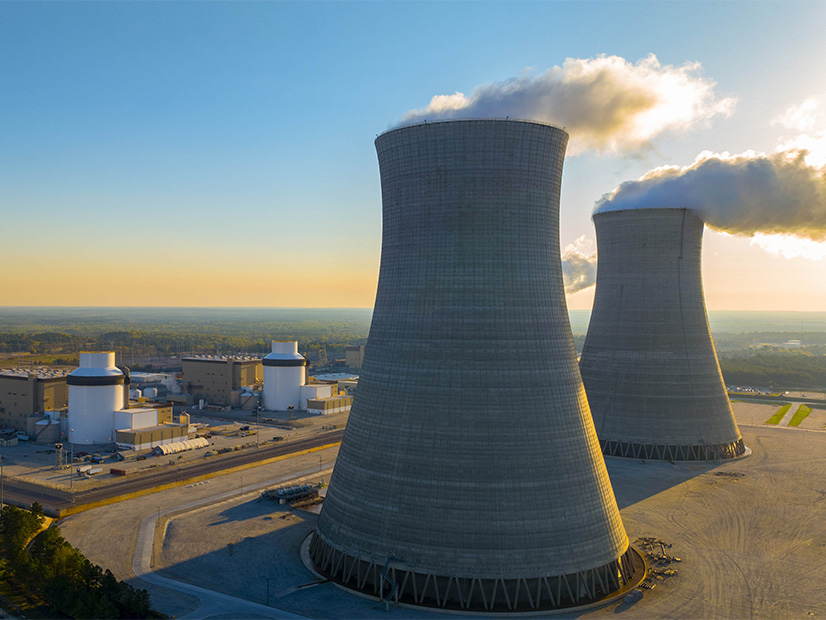
The National Association of Regulatory Utility Commissioners (NARUC) in a new report laid out many of the potential use cases for advanced nuclear technology and some of the policy considerations that surround them.
Carbon capture, district heating, desalination, mining and synthetic fuel production are all possibilities, along with gigawatts of emissions-free electricity.
Numerous technical, financial and political hurdles must be cleared before any large-scale deployment of next generation nuclear reactors can occur, along with innumerable regulatory and policy deliberations.
But efforts to clear those hurdles are underway, and advanced nuclear is gaining momentum as part of federal, state and corporate energy strategies.
NARUC and the National Association of State Energy Officials offered “Energy and Industrial Use Cases for Advanced Nuclear Reactors” as an overview of the considerations and questions facing state regulators and policymakers as the new technology advances.
“This new report is a timely resource as we explore how these reactors can be utilized not only for generating electricity but also for various industrial applications,” Nick Myers, vice chair of the NARUC Subcommittee on Nuclear Issues-Waste Disposal, said in a news release.
“By providing a detailed analysis of potential use cases, the report equips state officials with the knowledge needed to support and guide the integration of advanced nuclear energy into our broader energy strategies.”
The report defines advanced nuclear as improved versions of third generation light-water reactors (dubbed Generation III+) and new designs that may be cooled by gas, liquid metal or molten salt, and may be extremely small compared with traditional commercial reactors (Generation IV).
All have an improved safety profile and a high capacity factor, NARUC writes, and depending on their design, they may also offer modular construction and configurability, tailored size, black start capability, and flexible ramping and output.
Also, Generation IV gas, metal and salt reactors would generate process heat so great as to be useful for hard-to-decarbonize industrial applications, the report notes.
Some of the other use cases, however, could entail Generation II and III reactors expanding beyond their role as central power generation for the grid.
These include:
-
- Distributed electric generation for nearby or co-located large users: This recently has become a goal for some data center developers, but drilling and mining operations also could benefit from portable micro reactors, and the Department of Defense has interest in mobile generation in the 1 to 5 MW range.
- District heating: Light water reactors, with their lower operating temperatures, could use their waste heat to warm groups of buildings up to 100 miles away. Advanced reactors could fill the same function as part of a cogeneration system. The concept is not new — the first such system went online in Bulgaria in 1988.
- Desalination: Removing salt and solids from water is energy intensive. India and Kazakhstan began using nuclear power for this purpose in the 1970s.
- Direct air capture: Removing carbon dioxide from the atmosphere requires heat and electricity; burning fossil fuels to generate either might tend to defeat the purpose.
- High-temperature applications: Chemical and steel production require temperatures as high as 900 degrees Celsius, which is at the top end of the range high-temperature gas reactors are expected to reach.
- Hydrogen: Light-water reactors can power hydrogen production through electrolysis processes. Thermochemical water splitting processes still in development would require very high temperatures that Generation IV reactors could provide.
The report concludes:
“Public utility commissions and state energy offices will play a vital role in supporting the development of advanced nuclear projects slated to begin in the next decade, so understanding potential use cases, identifying opportunities to connect the dots between larger state goals and initiatives, and considering potential challenges which might arise as advanced reactors begin construction phases will be critical in supporting these developments.”


